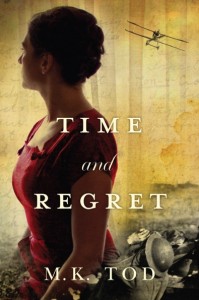by Elizabeth S. Craig, @elizabethscraig
Recently, I was looking over my customer reviews on Goodreads (I know…I rarely read my reviews there, although I always read them on Amazon) and one of them stood out to me. A reader said that he especially appreciated the way that I handled recaps because he was able to catch back up when his Kindle malfunctioned and skipped ahead.
The Best Way to Recap:
I think the best way to handle recaps (especially in a cozy mystery) is to have them between the sidekick and the sleuth. Otherwise, you end up in a situation where you have a lot of interior dialogue. That makes your sleuth engage in too much thinking and not enough doing. Even for the slower pace of a cozy mystery, that can slow the story’s pace down a little too much.
Although:
I find it’s also helpful for the sleuth to think private editorial comments while interviewing suspects. Especially if something a suspect says directly contradicts something that another suspect said. I keep it very brief and keep things moving in the interview. It’s the sleuth registering contradictions (which helps the reader notice them, too). Continue reading





